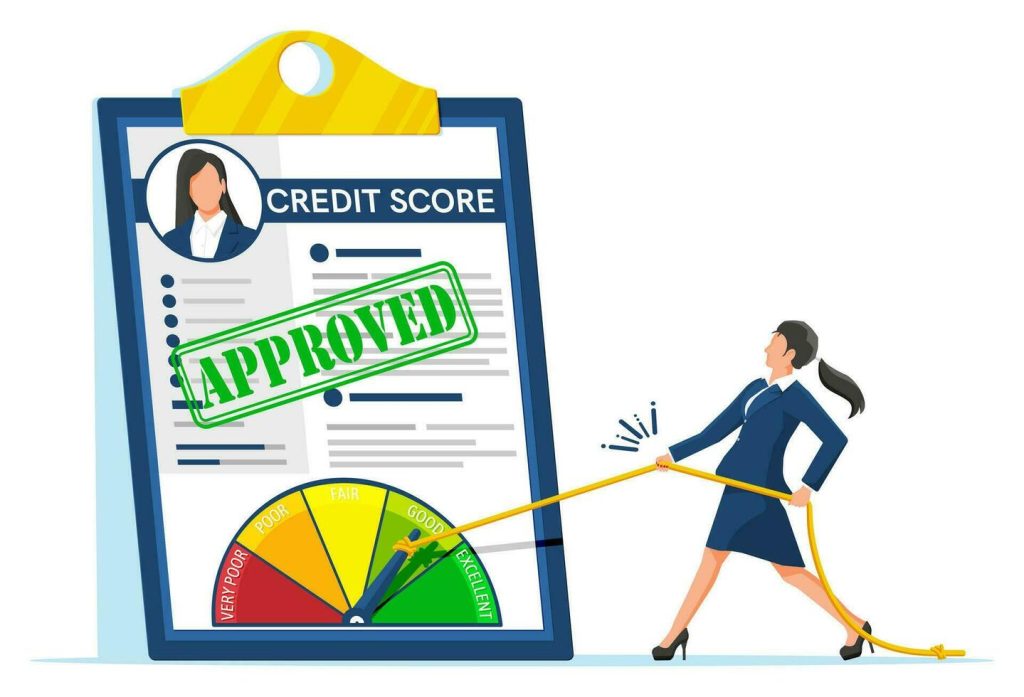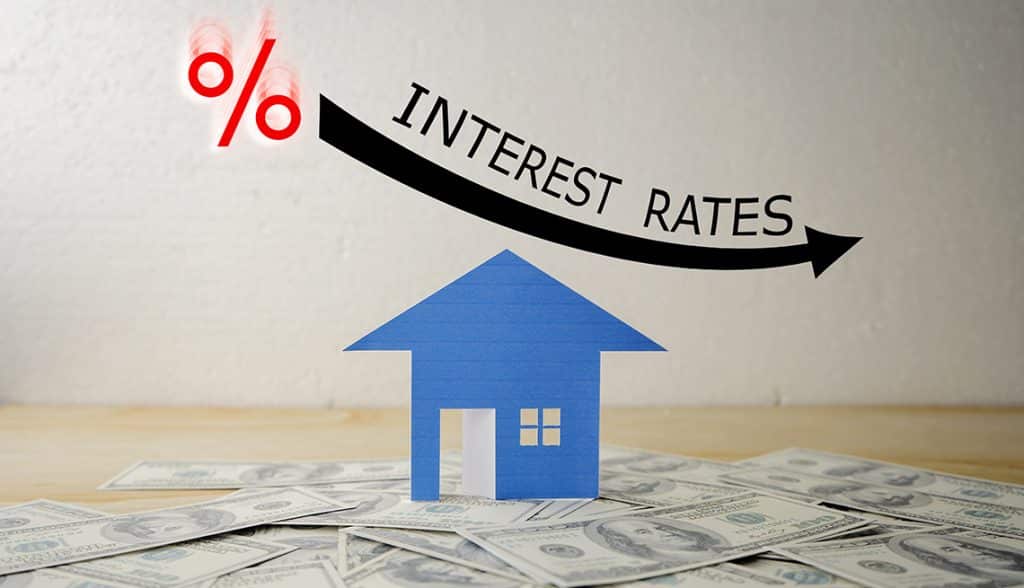Financing Your Modular Home: A Guide to Loan Options & Requirements

Modular homes have become an increasingly popular choice for prospective homeowners because of their affordability, faster construction, lower maintenance costs, and high standards for quality and durability. When it comes to financing, modular homes often present more accessible and favorable options compared to traditional site-built homes. This guide explores why securing financing for modular homes can be easier, the requirements involved, and the potential for lower interest rates.
Why Financing Modular Homes Can Be Easier Than Traditional Built Homes

Several factors contribute to the often easier and better financing options available for modular homes compared to site-built construction.
Treated as Real Property: Once a modular home is permanently affixed to a foundation and meets all local and state building codes, it is generally considered real property, just like a traditional home. This classification makes it eligible for conventional mortgage loans (Rocket Mortgage, 2024).
Potentially Lower Overall Cost: The overall cost of a modular home can often be 10% to 20% less than a traditionally built home due to efficient factory production and bulk material purchasing (SoFi, 2025). This lower initial investment can translate to a smaller loan amount, potentially making it easier to qualify.
Reduced Risk and Construction Efficiency: Modular homes are built in a controlled factory environment, leading to faster construction times and reduced risks associated with weather delays, material waste, and on-site errors (Modular Building Institute, n.d.). Modular homes are more efficient because they can be constructed simultaneously with the site and foundation work, saving 30%-50% of the overall construction schedule. This efficiency can make lenders more comfortable with the investment.
Appraisal Process: Modular homes are treated with similar consideration to site-built homes and have the least restrictions. Lenders usually do not differentiate between modular and stick-built properties and their appraisal process is generally similar (TNCRA, 2022).
Adherence to Building Codes: Modular homes must adhere to the same local and state building codes as traditional stick-built homes (HUD, 1998). This ensures a certain level of quality and safety, making them a less risky investment for lenders compared to potentially variable quality in some site-built projects.
Loan Options for Modular Homes

Because modular homes are typically classified as real property upon completion, a wide range of financing options are available:
- Conventional Mortgages: These are the most common type of financing for modular homes, similar to those used for purchasing existing site-built houses. They can come with fixed or adjustable interest rates and various term lengths.
- FHA Loans (Federal Housing Administration): The FHA offers loans for modular homes that meet specific requirements, including being placed on a permanent foundation. FHA loans often have lower down payment requirements and are accessible to borrowers with lower credit scores.
- VA Loans (Department of Veterans Affairs): Eligible veterans, active-duty military personnel, and surviving spouses can use VA loans to finance modular homes with potentially no down payment. The home must be the borrower’s primary residence and meet VA requirements.
- USDA Loans (U.S. Department of Agriculture): For eligible rural and suburban homebuyers, USDA loans offer financing options for modular homes with no down payment requirement in some cases.
- Construction Loans: If you are financing the construction phase of a modular home, you might need a construction loan. This is a short-term loan that covers the building costs and is typically converted into a permanent mortgage once the home is completed (SoFi, n.d.).
- Chattel Loans: In some instances, particularly if the modular home is not yet permanently affixed to land or is being financed before it’s considered real property, a chattel loan (personal property loan) might be used. However, these often come with higher interest rates and shorter repayment terms compared to traditional mortgages.
- In-house Financing Options: Some manufacturers/sellers, like Vacavia Cottages & Cabins, offer in-house financing after a credit check. This type of financing can be particularly attractive because it allows the homebuyers to acquire homes without having to face the stringent requirements that banks and other lenders require, as manufacturers may have more flexible lending criteria, while also providing the seller with a steady stream of income from the loan repayments.
Requirements for Financing a Modular Home

The specific requirements for financing a modular home will depend on the type of loan you are seeking. Expect to face these following requirements:
- Credit Score: While lenders commonly favor borrowers with strong credit, many are open to financing modular homes for individuals who don’t have a good credit score. The USDA, for instance, does not impose a minimum credit score (Rocket Mortgage, 2024).
- Down Payment: The amount of down payment required varies depending on the loan type. Conventional loans may require up to 20%, while FHA loans can go as low as 3.5%, and VA/USDA loans may have no down payment options for eligible borrowers (Rocket Mortgage, 2024).
- Debt-to-Income Ratio (DTI): Lenders will evaluate your monthly debt payments compared to your gross monthly income to ensure you can afford the mortgage. A DTI of 43% or less is often preferred (Rocket Mortgage, 2024).
- Income and Employment History: You will need to provide documentation to prove a stable income and employment history to demonstrate your ability to repay the loan.
- Appraisal: An appraisal will be required to determine the fair market value of the completed modular home.
- Permanent Foundation: For most traditional mortgage options (conventional, FHA, VA, USDA), the modular home must be permanently affixed to a foundation and classified as real property (Rocket Mortgage, 2024). The Department of Veterans Affairs requires this for the home to qualify for a 30-year VA loan (Veterans United Home Loans, 2025).
- Adherence to Building Codes: Documentation confirming that the modular home meets all applicable local and state building codes will be necessary.
Modular Homes Qualify for Lower Interest Rate Loans

While interest rates are subject to market fluctuations and individual borrower profiles, modular homes financed as real property can often qualify for interest rates comparable to those of traditional site-built homes. Here are some scenarios where modular home buyers can save on interest rates:
Loan Type: Modular homes are eligible for traditional mortgage loans, which typically offer lower interest rates compared to chattel loans often used for manufactured homes.
Government-Backed Loans: Programs like FHA loans provide fixed interest rates and may have more lenient credit requirements, making financing more accessible and affordable. These attractive options offered by government-backed mortgage loans are designed to lower the barrier of entry for aspiring homeowners (Preferred Homes, n.d.).
Conclusion
By understanding the financing options available and ensuring your modular home meets the requirements for real property classification, you can navigate the loan process effectively and potentially secure favorable terms, making it easier to turn your dream of homeownership into reality.
References:
Rocket Mortgage. (2024). Modular Vs. Manufactured Homes: What’s The Difference? Retrieved from https://www.rocketmortgage.com/learn/modular-versus-manufactured-homes
Town & Country Residential Appraisals (TNCRA). (2022). Modular vs Manufactured-There IS a Distinction. Retrieved from https://www.tncresappraisals.com/blog/2022/8/15/modular-vs-doublewide
Modular Building Institute. (n.d.). What is Modular Construction? Retrieved from https://www.modular.org/what-is-modular-construction/
HUD User, 1998. Factory and Site-Built Housing – A Comparison for the 21st Century. Retrieved from https://www.huduser.gov/publications/pdf/factory.pdf
SoFi. (2025). Pros and Cons of Buying a Modular Home. Retrieved from https://www.sofi.com/learn/content/disadvantages-of-modular-homes/
Rocket Mortgage. (2024). Everything You Should Know About Financing A Modular Home. Retrieved from https://www.rocketmortgage.com/learn/what-is-a-modular-home
Veterans United Home Loans. 2025. Using a VA Loan for Manufactured Homes or Modular Homes. Retrieved from https://www.veteransunited.com/realestate/va-loans-for-manufactured-and-mobile-homes/
Preferred Homes. (n.d.). Modular Home Interest Rates: What to Know as a Home Buyer. Retrieved from https://preferredhomesmi.com/modular/modular-home-interest-rates/

